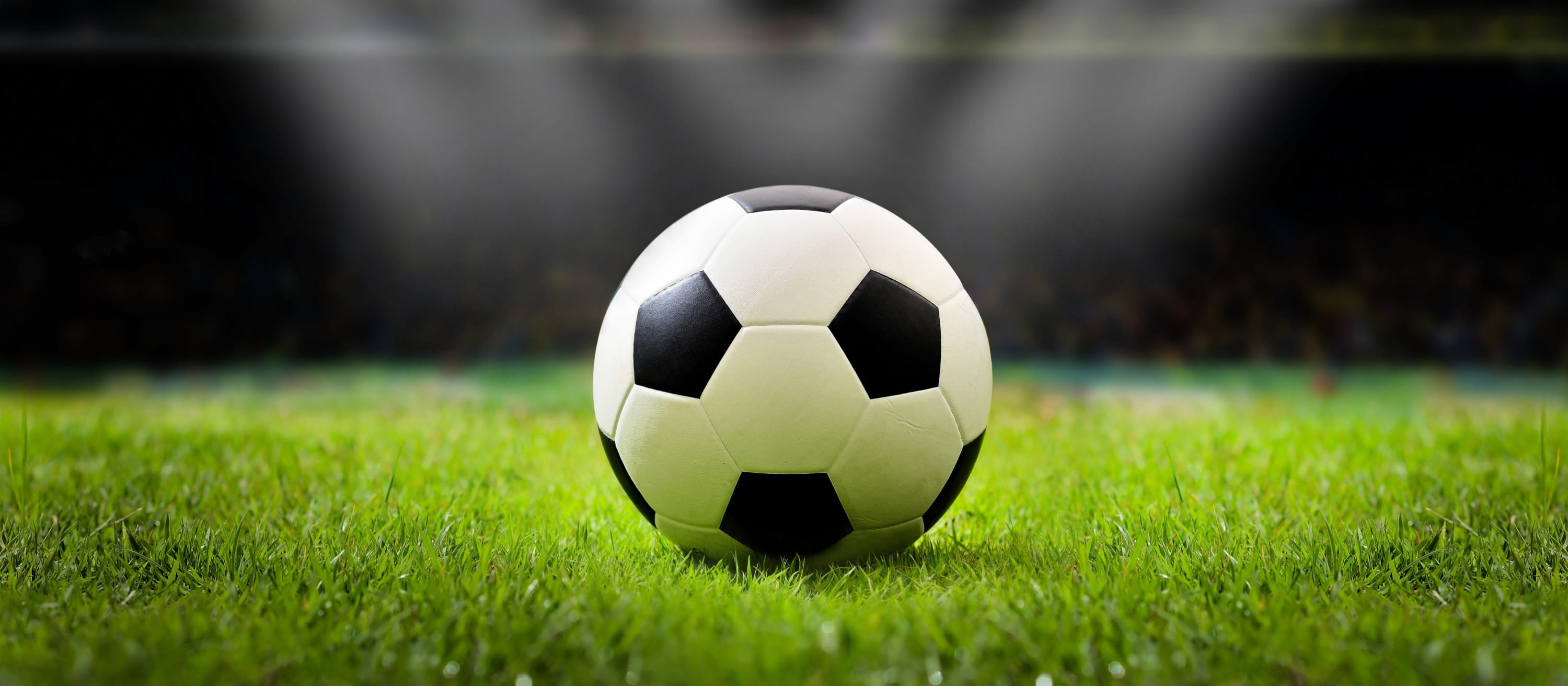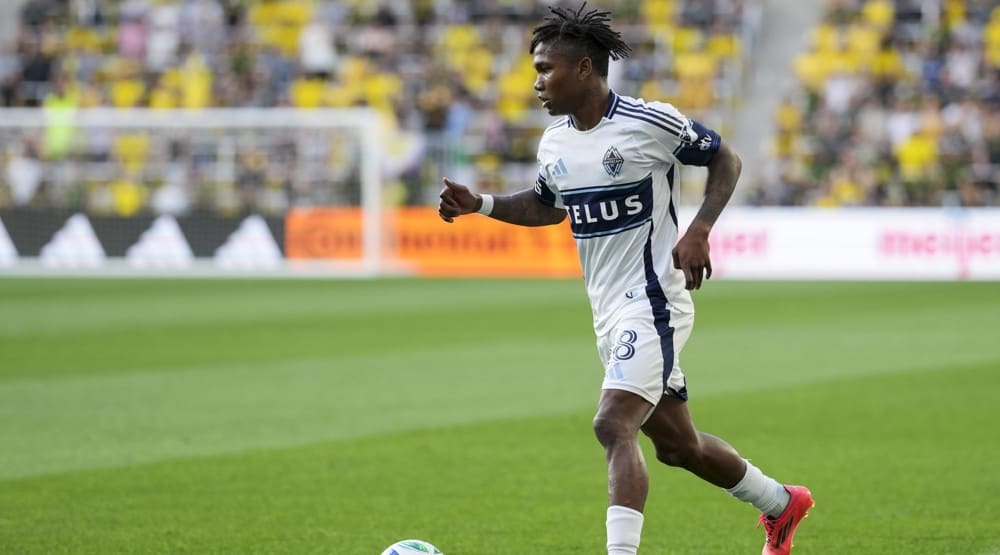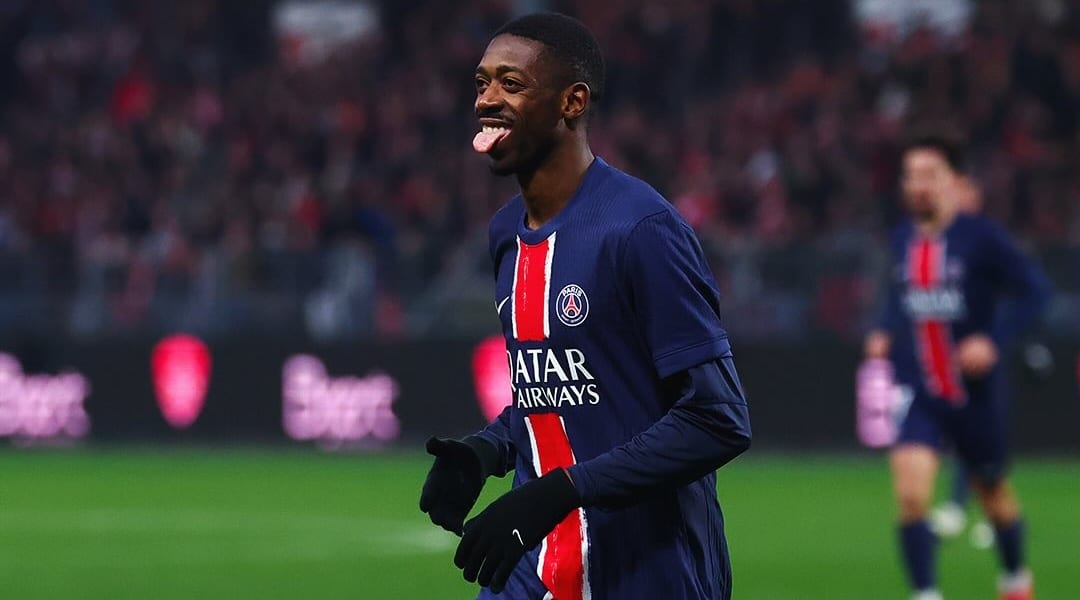One thing I'll be looking at in this column is which players are getting the opportunities and the touches but haven't been delivering the expected goals and assists that should result in fantasy production. On the flip side, I'll also be looking at the players that are over-producing relative to their opportunities and trying to predict which players are due to return to "normal" production.
Establishing Theory
Before we delve into the analysis, I want to examine the correlation between touches and goals and assists. The first step to consider is that the more touches a player gets in the final third, the more shots that player can expect to get off. This intuitive thought can be quantified by examining Figure 1 below, as it indicates that the relationship between shots and touches in the final third has a 35 percent correlation. The data includes players from all positions and touches in all situations, and not just those that get good shots. Regardless, there is a clear trend that players who get more touches can take more shots.
While shots are a good metric to base your analysis on, what we really want are shots that turn to goals. In order to correctly examine whether shots are directly translatable to more goals, let's examine Figure 2.
Figure 2 – Data from 2011/12 to current season. Shows Goals vs Shots through the entire season.
The correlation between goals and shots is extremely high: 74 percent, as indicated by the R2 coefficient in the table. Most of the goals scored are by players who take the most number of shots. Of course, this says nothing to efficiency, but it does indicate that when a player takes the lion's share of his team's shots, you can expect that player to get the lion's share of his team's goals.
Another important statistic to consider for fantasy sports is assists. Most goals come with assists in the majority of fantasy formats. An assist is defined by OPTA (the leading soccer statistics provider around the world) as "the final pass or pass-cum-shot leading to the recipient of the ball scoring a goal." Assists also carry some heavy fantasy output, as they are the second-highest scoring category in most fantasy soccer formats. Predicting assists is tough, however, we can come pretty close to predicting them with the necessary data. The most important stat to consider is "chances created," which is closely correlated to a player's touches in the final third as seen in Figure 3:
Figure 3 – Data from 2011/12 to present shows Chances Created vs Touches -Final Third.
You'll notice that this chart shows a correlation coefficient R2 of 84 percent, showing that chances created are one of the most predictable statistics we can rely on. But how reliable is it to correlate chances created to assists? Figure 4 can help us answer that question:
Figure 4 - Data from 2011/12 to present shows Assists vs Chances Created
A 67 percent correlation coefficient shows that assists and chances created often go hand-in-hand. We can absolutely use chances created to determine if a player has been getting opportunities to deliver assists and he's been getting unlucky, or even the opposite can be proven. If a player is getting a lot of assists off few chances created, then maybe he is getting lucky. However, the big takeaway is that touches in the final third are the common statistic in all of this analysis.
Putting It All Together
When looking at all this, we can use it to analyze which players are performing well and delivering results, and which ones are performing well, but not producing.
The table below shows the top-15 players in the league in terms of touches in the final third this season, along with some other key stats:
| Name | Team | Assists | Chances Created | Crosses | Goals | Shots | Touches | Touches Final Third |
|---|---|---|---|---|---|---|---|---|
| Alexis Sanchez |  | 0 | 15 | 11 | 6 | 45 | 653 | 391 |
| Mesut Ozil |  | 6 | 37 | 40 | 1 | 12 | 656 | 366 |
| Eden Hazard | 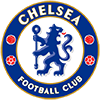 | 2 | 28 | 13 | 1 | 12 | 640 | 364 |
| Jesus Navas |  | 3 | 20 | 57 | 0 | 14 | 543 | 352 |
| Dimitri Payet |  | 3 | 38 | 84 | 5 | 17 | 662 | 329 |
| Aaron Ramsey |  | 0 | 14 | 13 | 1 | 27 | 779 | 323 |
| Santi Cazorla |  | 2 | 29 | 41 | 0 | 20 | 1035 | 318 |
| Memphis Depay | 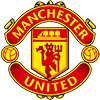 | 0 | 4 | 44 | 1 | 25 | 475 | 301 |
| Cesc Fabregas |  | 1 | 17 | 38 | 0 | 14 | 923 | 292 |
| Ross Barkley | 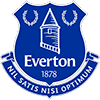 | 3 | 16 | 50 | 2 | 28 | 648 | 290 |
| Raheem Sterling |  | 1 | 15 | 15 | 4 | 18 | 460 | 287 |
| Jamie Vardy |  | 1 | 13 | 16 | 9 | 38 | 412 | 285 |
| Phillip Coutinho |  | 2 | 8 | 15 | 1 | 39 | 551 | 285 |
| Graziano Pelle |  | 3 | 9 | 6 | 5 | 38 | 523 | 275 |
| James Milner |  | 2 | 20 | 51 | 1 | 14 | 699 | 275 |
Worth noting among this list are a few things:
- There are four Arsenal players on this list, with Alexis Sanchez and Mesut Ozil chief among them. It's also worth noting that Santi Cazorla's touches are deceiving, in that while he has had 318 touches in the final third, that number is only a third of his overall touches on the season.
- Chelsea midfielder Eden Hazard appears to be the least productive high-touch player in the league; he has the fourth-most chances created but has only two assists. His game is not based on a large number of crosses or shots. His fantasy upside is limited to assists alone, though he does have the benefit of being the chief penalty kick taker for his squad.
- A surprise addition to this list is Phillip Coutinho, who has 39 shots -- second in the league -- but only one goal. However, this is where the quality of a shot comes into play, and where watching the games comes in handy, as Coutinho routinely takes long shots that don't really challenge the keeper.
| Name | Team | Goals | Shots | Touches | Touches Final Third | Goals/Shots % | Shots/Touches in Final Third % |
|---|---|---|---|---|---|---|---|
| Alexis Sanchez |  | 6 | 45 | 653 | 391 | 13.33 | 11.51 |
| Philippe Coutinho |  | 1 | 39 | 551 | 285 | 2.56 | 13.68 |
| Jamie Vardy |  | 9 | 38 | 412 | 285 | 23.68 | 13.33 |
| Graziano Pelle |  | 5 | 38 | 523 | 275 | 13.16 | 13.82 |
| Sergio Aguero |  | 6 | 33 | 267 | 191 | 18.18 | 17.28 |
| Harry Kane | 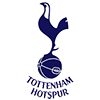 | 1 | 32 | 450 | 238 | 3.13 | 13.45 |
| Diafra Sakho |  | 3 | 29 | 445 | 241 | 10.34 | 12.03 |
| Ross Barkley |  | 2 | 28 | 648 | 290 | 7.14 | 9.66 |
| Romelu Lukaku |  | 5 | 28 | 436 | 241 | 17.86 | 11.62 |
| Aaron Ramsey |  | 1 | 27 | 779 | 323 | 3.70 | 8.36 |
| Yaya Toure |  | 1 | 26 | 646 | 220 | 3.85 | 11.82 |
| Sadio Mane |  | 2 | 26 | 470 | 236 | 7.69 | 11.02 |
| Odion Ighalo |  | 5 | 26 | 349 | 181 | 19.23 | 14.36 |
| Riyad Mahrez |  | 5 | 25 | 444 | 234 | 20.00 | 10.68 |
| Memphis Depay |  | 1 | 25 | 475 | 301 | 4.00 | 8.31 |
A few notes on the table above:
- Harry Kane stands out as the most likely name here to turn it around. On the season, Kane has taken 32 shots (one fewer than Sergio Aguero) on 238 touches (47 more than Aguero) but scored a single goal (five fewer than Aguero). The biggest detriment to Kane's conversion rate (goals/shot) is the quality of the supply he gets. The team around him certainly doesn't lend itself to quality distribution. And while I don't expect him to have the same conversion rate as Aguero or Alexis Sanchez, his current rate of three percent is unsustainable and should end up correcting itself over the long term.
- Coutinho was discussed earlier, but it stands to bring him up again. Ideally, the goals/shots percentage and the shots/touches in the final third percentages should lineup within 1-3 percent of each other. Coutinho's conversion rate of 2.5 percent while his shots/touch % of 13.6 percent stands out, and the expectation is that it will correct itself over time. It's worth noting that Liverpool have a new coach in Jurgen Klopp and it remains to be seen how he changes things.
- Other notable names that are due for a positive correction in their goal output include: Aaron Ramsey, Yaya Toure, Memphis Depay, Troy Deeney, Jonjo Shelvey, Jason Puncheon (the last three unlisted in our table, but have low conversion rates with high shot/touch %)
- There are some names that have over-performed their expected output, and as such we can predict a negative correction to begin (or has already begun in some cases.) Chief among them are Jamie Vardy, Riyad Mahrez, Juan Mata, Nathan Redmond, Raheem Sterling and Dmitri Payet (the last four unlisted in our table but have high conversion rates with low shot/touch %)
| Name | Top Striker Teammate | Team | Assists | Chances Created | Touches Final Third | Assists/Chances Created % | Chances Created/Touches in Final Third % |
|---|---|---|---|---|---|---|---|
| Dimitri Payet | Diafra Sakho |  | 3 | 38 | 329 | 7.89 | 11.55 |
| Mesut Ozil | Alexis Sanchez Theo Walcott |  | 6 | 37 | 366 | 16.22 | 10.11 |
| Santi Cazorla | Alexis Sanchez Theo Walcott |  | 2 | 29 | 318 | 6.90 | 9.12 |
| Eden Hazard | Diego Costa |  | 2 | 28 | 364 | 7.14 | 7.69 |
| Dusan Tadic | Graziano Pelle |  | 2 | 26 | 250 | 7.69 | 10.40 |
| Riyad Mahrez | Jamie Vardy |  | 4 | 21 | 234 | 19.05 | 8.97 |
| Nathan Redmond | Cameron Jerome |  | 1 | 21 | 246 | 4.76 | 8.54 |
| Jesus Navas | Sergio Aguero |  | 3 | 20 | 352 | 15.00 | 5.68 |
| James Milner | Christian Benteke |  | 2 | 20 | 275 | 10.00 | 7.27 |
| Erik Lamela | Harry Kane |  | 2 | 20 | 163 | 10.00 | 12.27 |
| Robbie Brady | Cameron Jerome |  | 0 | 19 | 251 | 0.00 | 7.57 |
| Jonjo Shelvey | Bafetimbi Gomis |  | 1 | 18 | 150 | 5.56 | 12.00 |
| Jason Puncheon | Dwight Gayle |  | 2 | 18 | 235 | 11.11 | 7.66 |
| Marc Albrighton | Jamie Vardy |  | 3 | 18 | 198 | 16.67 | 9.09 |
| Moussa Sissoko | Ayoze Perez Aleksandar Mitrovic |  | 4 | 18 | 168 | 22.22 | 10.71 |
A few notes on the table above:
- Unlike the shots table, you can't examine the assist potential of a player without considering the striker partnership that player has. The top of the list shows Dimitri Payet, who has 38 chances created but only three assists. His potential for assists is high, but with only a 7 percent conversion percentage, you expect that it should improve soon.
- On the other end of the spectrum, Mesut Ozil has a 16 percent assist/chances created conversion rate, which is bound to drop as his numbers venture back down to a more expected average. Also on the side of "too many assists" is Riyad Mahrez, who has four assists on 21 chances created, and Moussa Sissoko, who has four assists on 18 chances created.
- And some players with high assist potential are: Dusan Tadic, Eden Hazard, Nathan Redmond, Robbie Brady and Jonjo Shelvey.
Statistics can't exist in a vacuum and it's imperative to consider them in the appropriate context. A player like Harry Kane appears to be on the verge of a massive goal-scoring binge, however, if he doesn't get quality looks from his teammates, then that scoring binge may never come. Conversely, if you shoot the ball enough times at the goal, it is bound to go in, as we've seen recently with Alexis Sanchez, who prior to the last two Arsenal games had only a single goal but now boasts six.


